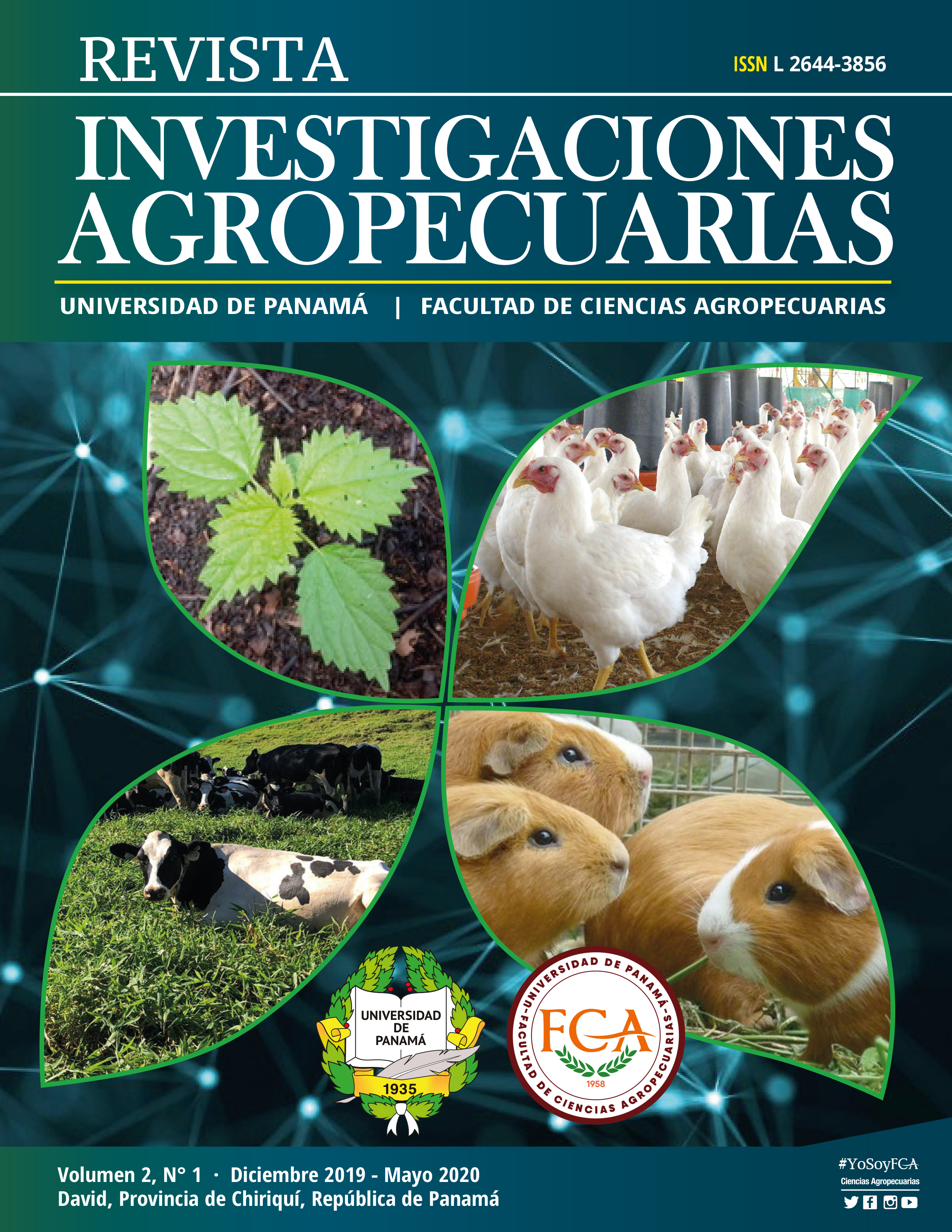

Se determina la mineralogía de la fracción arcilla de diferentes suelos de la República de Panamá debido a la importancia que tiene el conocer las arcillas presentes para la clasificación taxonómica de los suelos. Los suelos seleccionados para este análisis mineralógico presentan importancia agropecuaria y para la investigación. Los resultados de los minerales de arcilla determinados en cada uno de los suelos analizados son presentados en orden decreciente: Suelo 1 Facultad de Ciencias Agropecuarias – serie Chiriquí (Caolinita, Gibsita y Goetita); Suelo 2 Buena Vista (IDIAP), Colón, (Montmorilonita); Suelo 3 Salud, Colon, (Gibsita, Caolinita y Goetita); Suelo 4 Pacora (Felipillo), Panamá, (Caolinita y Gibsita-trazas); Suelo 5 El Ejido (IDIAP), Los Santos (Caolinita, Vermiculita y Montmorilonita); Suelo 6 Tonosí (bajo cultivo de arroz), Los Santos (Vermiculita) ; y Suelo 7 Gualaca (IDIAP), Chiriquí, (Caolinita, Gibsita y Goetita). Cada suelo se caracterizó física y químicamente con el objetivo de reunir información sobre su fertilidad e indicar su utilización en posibles proyectos futuros complementados con la información obtenida con la mineralogía determinada. La identificación de los minerales de arcilla presentes en los suelos fue posible mediante el uso de la técnica de difracción de los rayos X. Para los procedimientos analíticos, los suelos fueron fraccionados para la obtención de la fracción arcilla siguiendo la metodología indicada por Jackson (1969). Para facilitar la interpretación de los difractogramas de rayos X, y la identificación de las arcillas, fueron saturadas con magnesio y solvatadas con glicerol, y potasio, calentándose a 110 y 500°C.